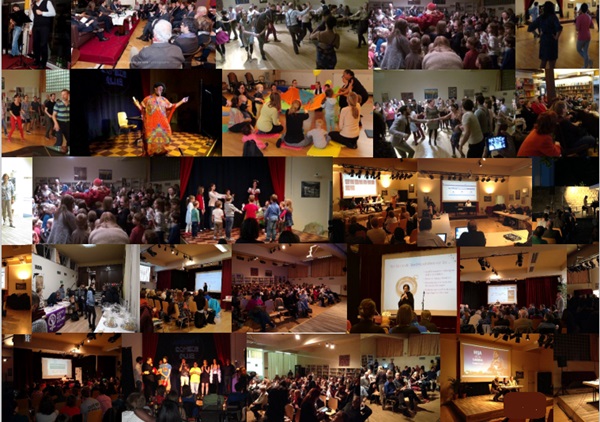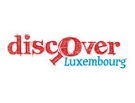 Collage of actvities over the years;
Credit: Altrimenti Cultural Centre
Collage of actvities over the years;
Credit: Altrimenti Cultural Centre
The Altrimenti Cultural Centre has confirmed that its new project "Le Village des Cultures" (Village of Cultures) was launched last week.
The centre will soon start a fundraising campaign while they are in the process of scouting for a location and a building.
After twelve years of activity organising cultural and social events, the venue was no longer sufficient to satisfy the demand of tens of thousands of people interested in participating, Lo Piccolo Diego, Director of the Altrimenti Cultural Centre explained. The cultural centre currently has to refuse about 50% of requests due to a lack of availability of space and time slots.
The cultural centre Altrimenti notably supports activities designed for inclusion and social cohesion. It also aims to contribute to artists’ creative development, especially when they do not have access to institutional structures and official circuits, as these can often be unaffordable. Altrimenti aims to be an incubator and support structure for creative ideas. Furthermore, the centre intends to provide access to experts in the socio-cultural field (such as trainers, advisors, journalists, writers, etc.). It also allows the use of space and facilities at reduced rates for associations and NGOs.
“We are very proud to offer a space where all Luxembourg residents of all ages and backgrounds are welcome to freely express themselves, share their interests and cultural traditions as well as participate in a number of artistic and educational events and courses,” Lo Piccolo Diego added, speaking to Chronicle.lu.
The new Village of Cultures project aims to be a centralised space where ideas can transform into shared projects and opportunities for sharing and acquiring new skills and contacts. Another goal the organisers mentioned was that of creating and conveying a sense of identity and belonging. This project is both for guests interested in courses and recreational activities and for organisers looking for spaces and facilities to propose events and activities (whether sports, music, dance, theatre, arts and crafts etc.).
This cultural village should be a living space “recreating the nostalgic character of a village of old”, the organisers noted. Theatre, dance, music, visual arts, conferences, and cinema would be available alongside independent boutiques, a bookstore, a restaurant, an independent bakery and an independent print shop. Cultural spaces, common spaces and commercial spaces would thus converge over a surface of about 3,000 m2, expecting between 120.000 and 150.000 visitors per year.








